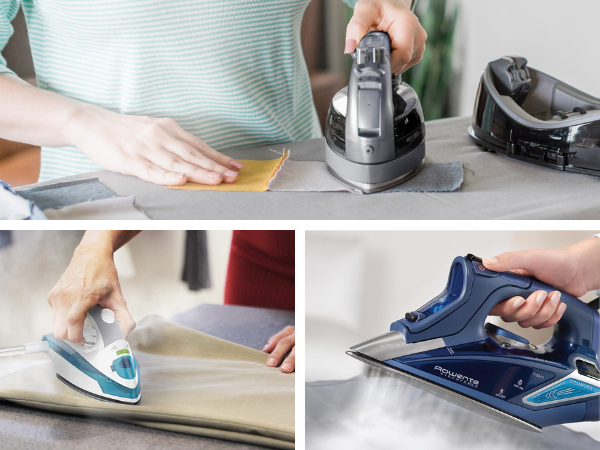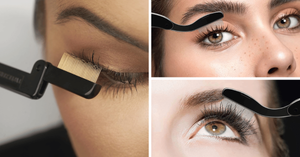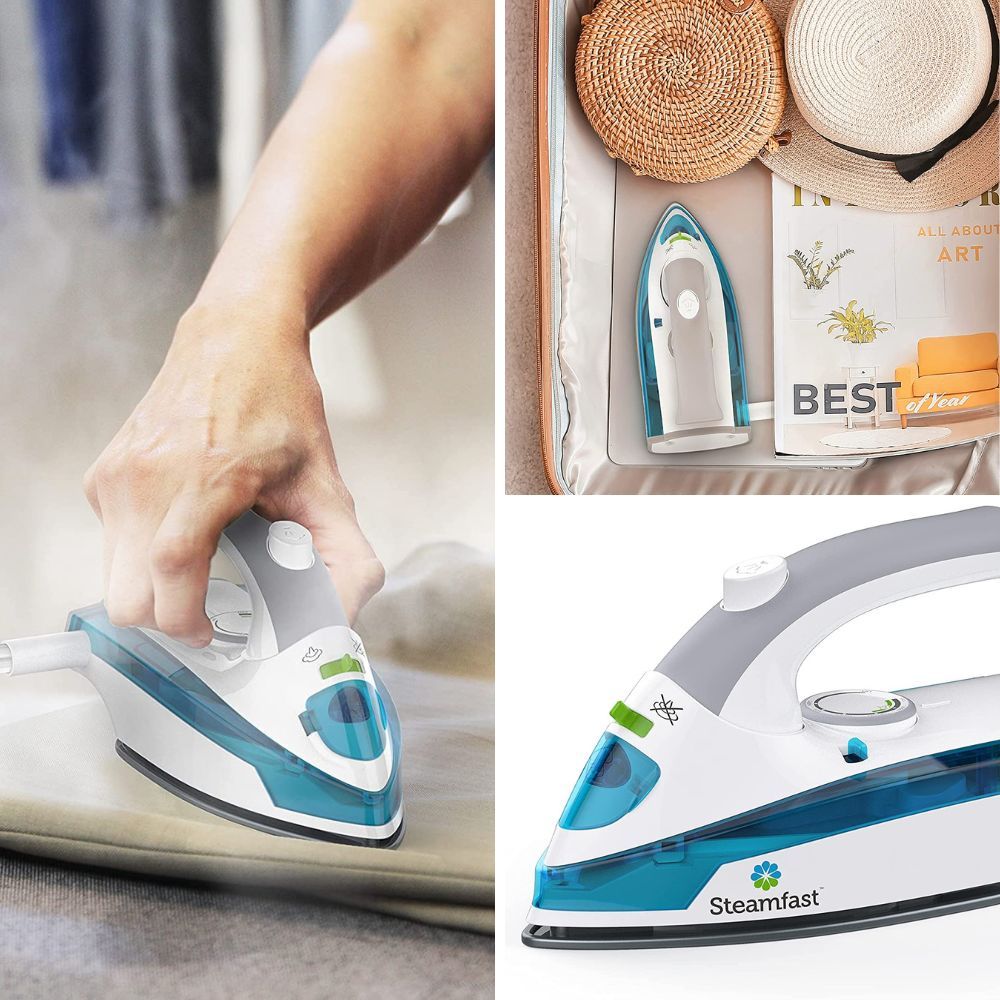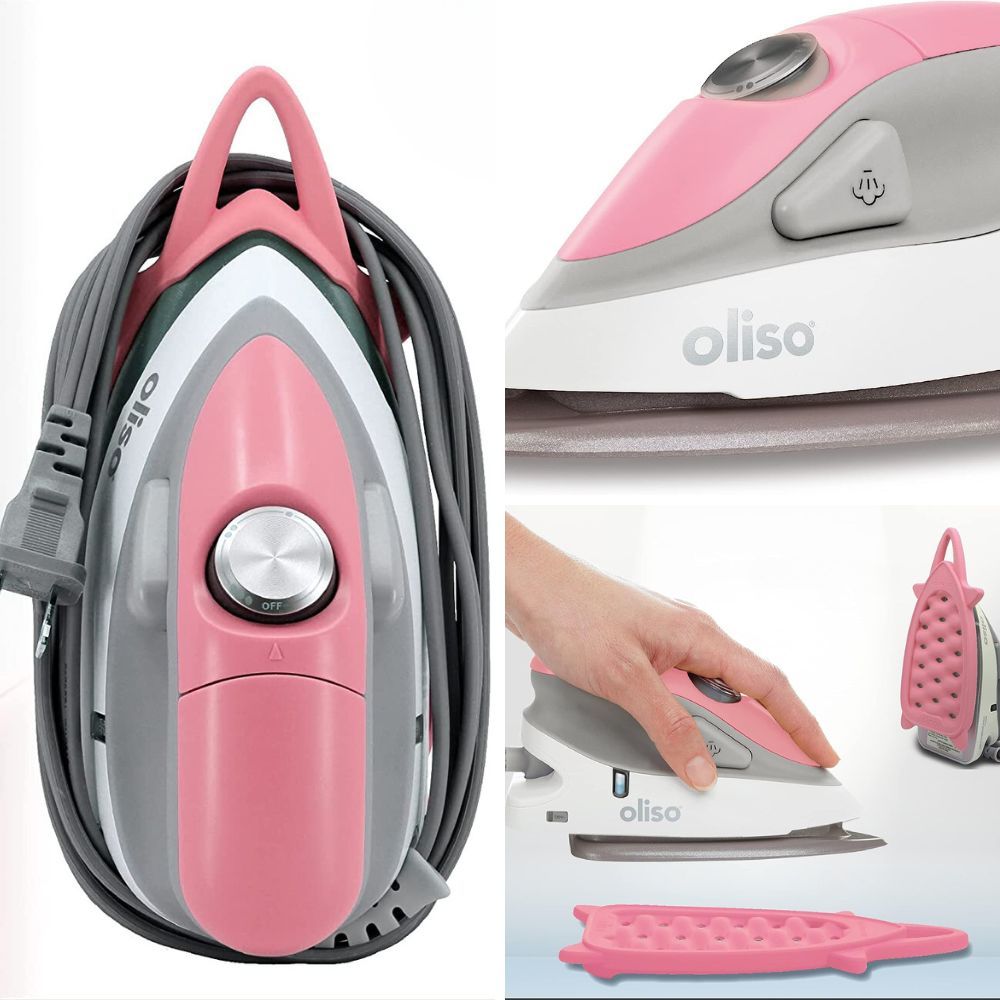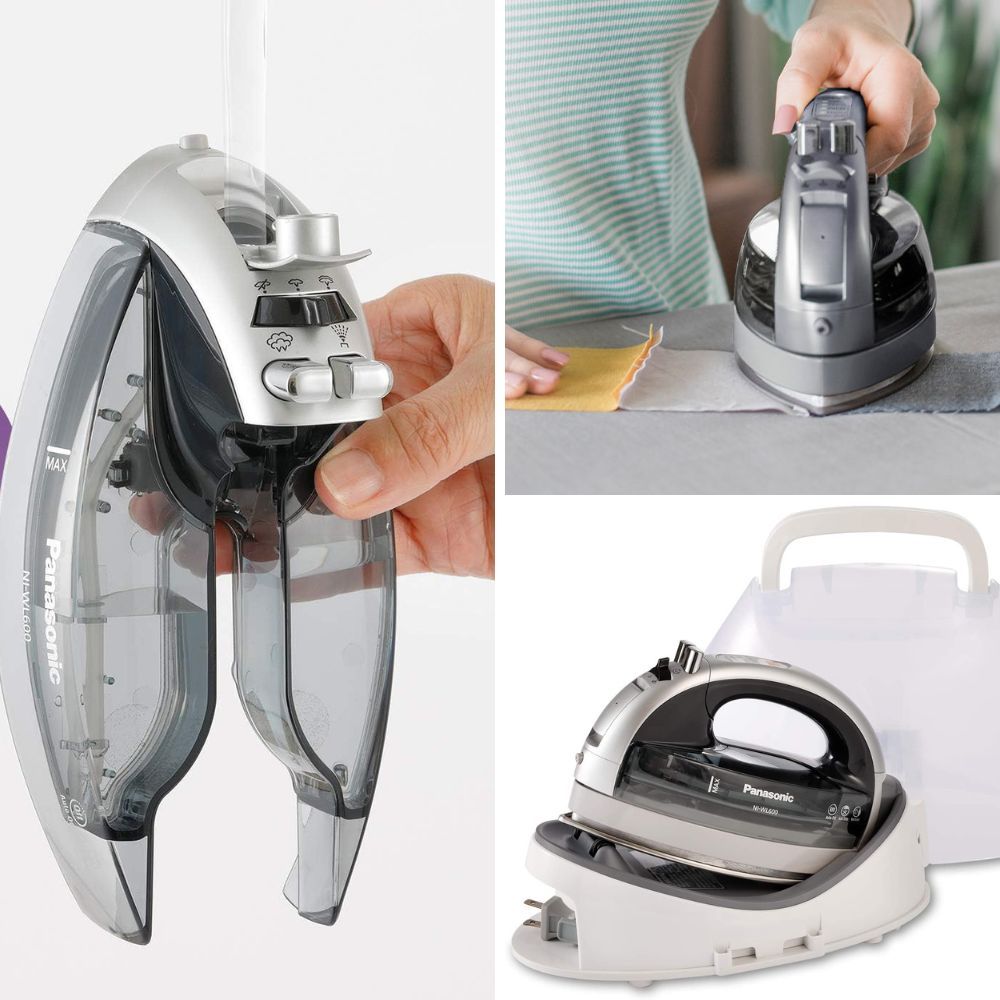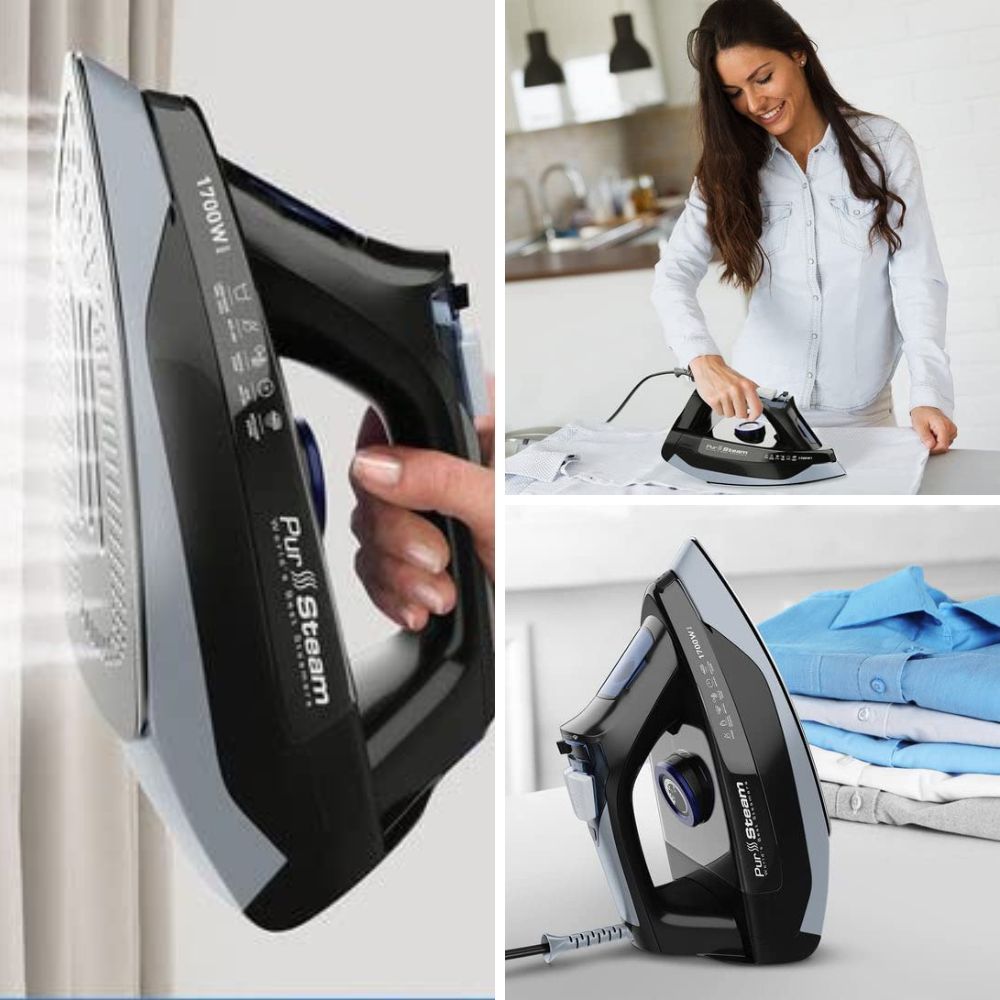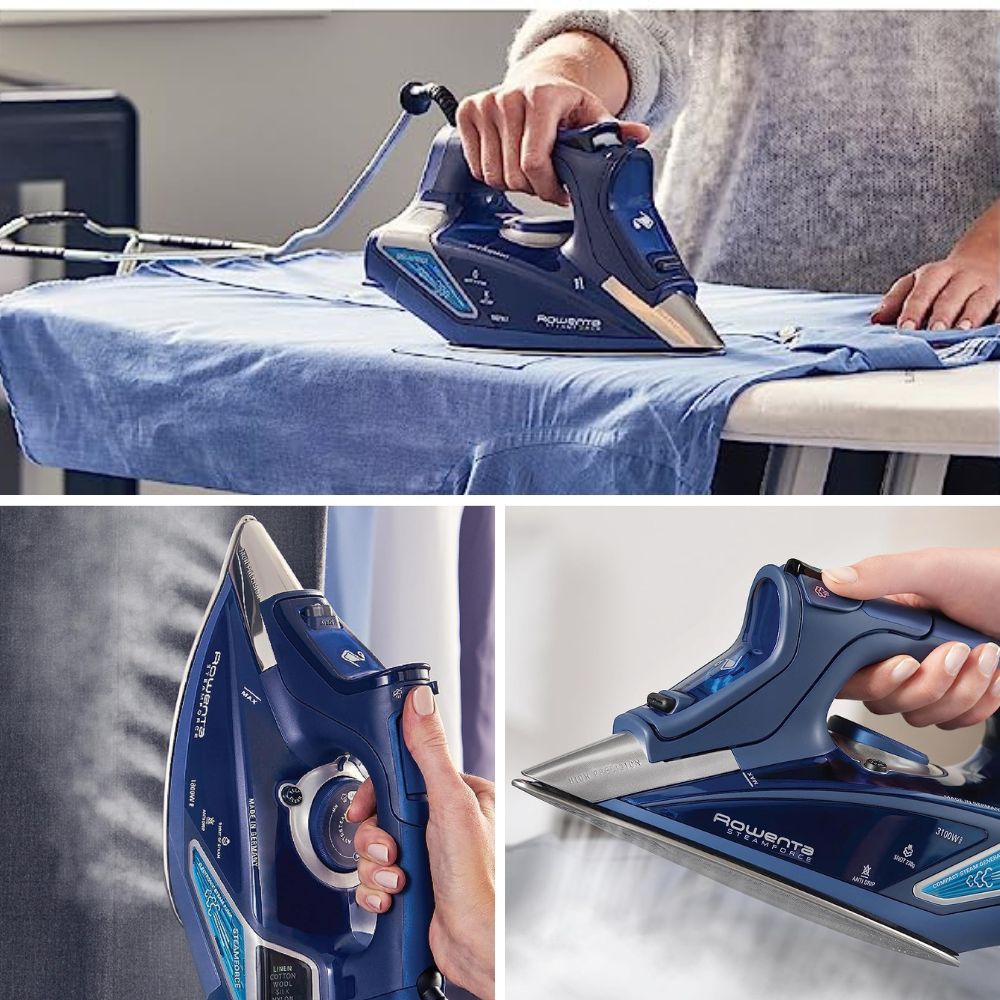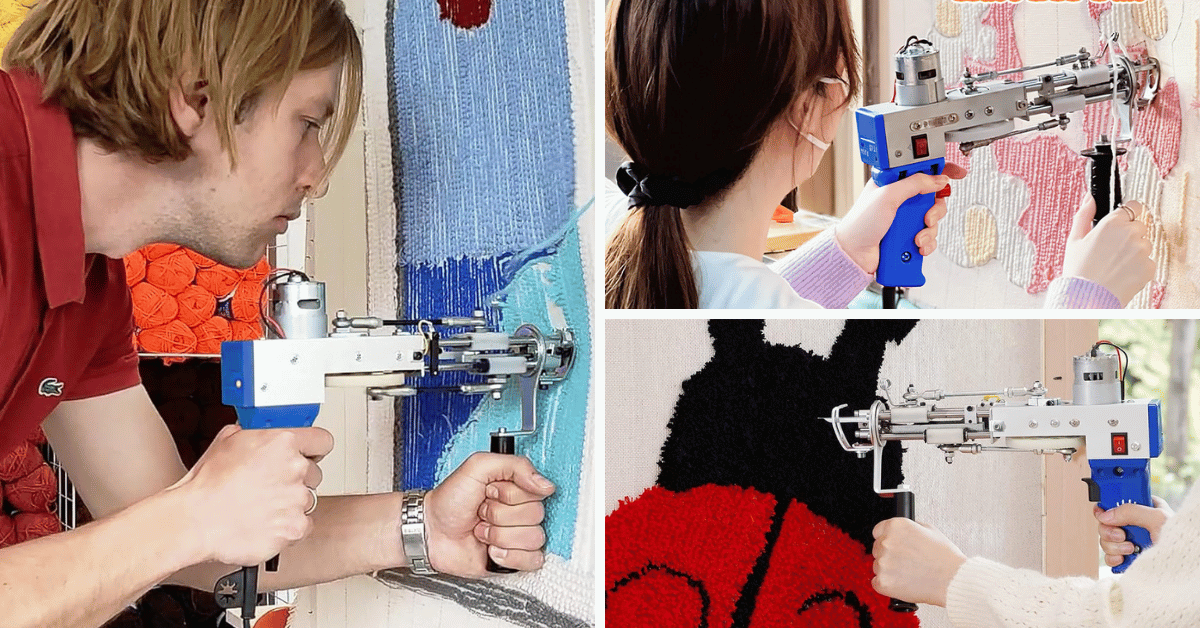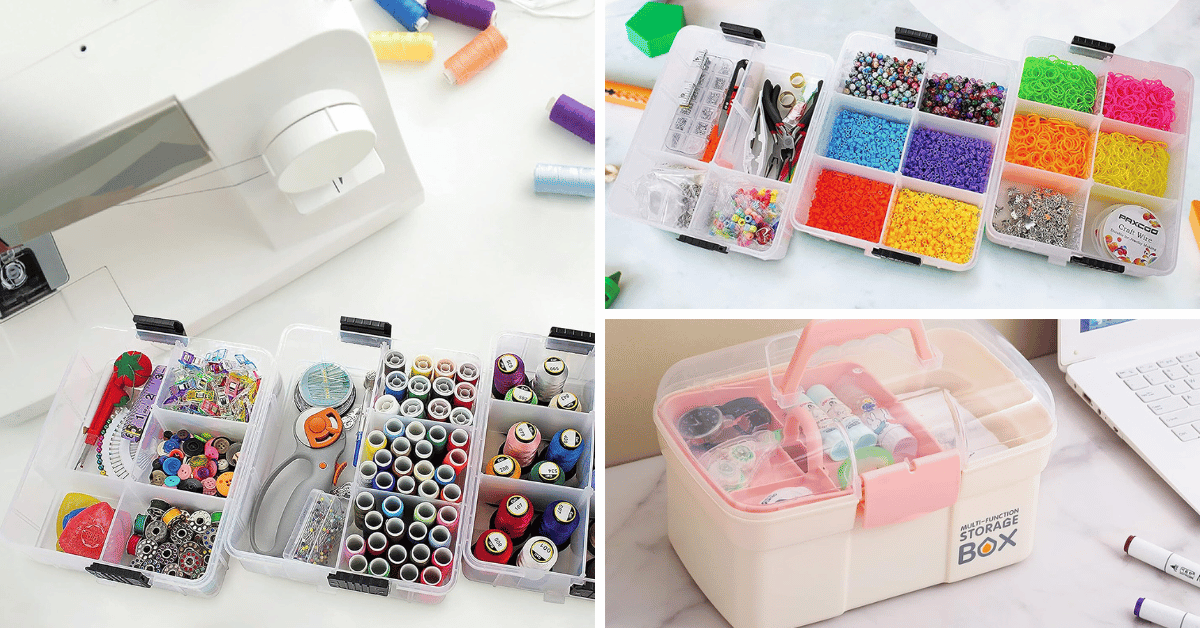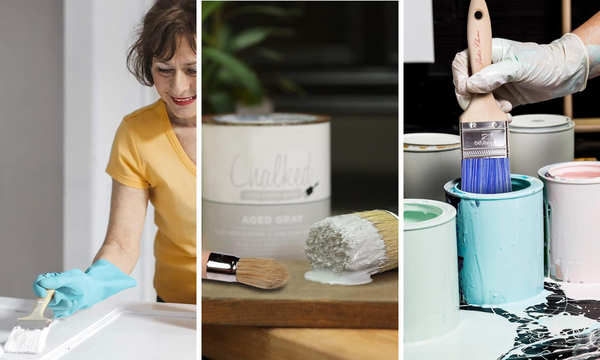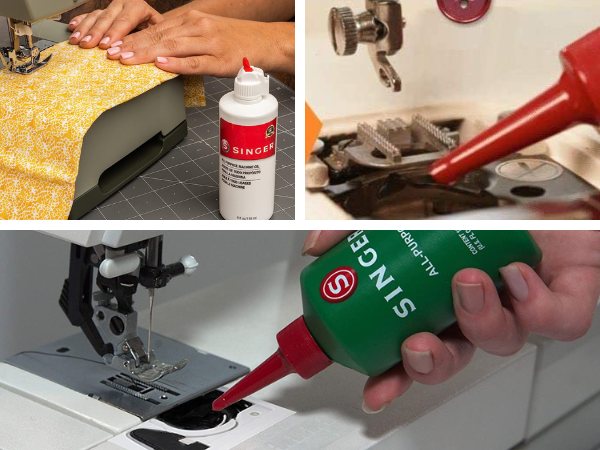Quilters, this one is for you!
We know that finding the right iron for quilting can be tricky.
That's why we've put together this review of the best irons for quilting on the market today.
We'll take a look at some of the top models and help you decide which one is right for you.
With a good iron, quilting can be so much easier.
You'll be able to get your fabric nice and smooth with less effort, and that means your finished product will look better than ever before.
So don't wait any longer – read on for our recommendations and find the perfect iron for your needs today!
How We Choose
Ironing a quilt can be a real pain.
It's time-consuming, and if you don't have the right iron, it can be really hard to get a good finish.
Do you have an old quilt that you've been wanting to fix up for years?
Or maybe you just bought your first quilt kit and don't know where to start?
We've got the perfect solution for you- the best irons for quilting!
We've read through thousands of reviews on Amazon to find the best irons for this delicate task.
Whether you're looking for an iron with a lot of steam power or one with multiple heat settings, we've got something for everyone.
Wondering Why We Love It
Introducing the Steamfast SF-710 Mini Steam Iron - Your Wrinkle-Annihilating Sidekick!
Wrinkles don't stand a chance against the mighty SF-710 Mini Steam Iron!
With its lightning-fast 45-second heat-up time, this pint-sized powerhouse is always ready to take on the toughest creases.
Equipped with a temperature control dial, steam burst button, and both dry and steam iron settings, it's a fabric-friendly superhero for all your garment needs.
Harnessing 800 watts of wrinkle-fighting power, this iron effortlessly smooths out wrinkles on almost any fabric.
Its 4 steam outlets deliver continuous steam like a dream, giving your clothes that fresh-off-the-runway look.
And with a generous 6-foot power cord, you'll have the freedom to conquer wrinkles from every angle.
Wondering Why We Love It
The Oliso M2 Mini Project Steam Iron is the perfect tool for anyone who loves to sew or travel.
This mini iron heats up in only 45 seconds, and each push of the button delivers a powerful steam burst that can remove even the toughest wrinkles or press in the sharpest pressing seams.
The compact size makes it perfect for travel or use next to your sewing machine, and the 8-foot, 180° pivot cord allows for both right- and left-handed use while safely keeping the cord out of your way.
The non-stick ceramic glides effortlessly over delicate fabrics, infused with natural minerals for that diamond sparkle, durability and easy clean-up, even when working with fusibles.
The precision tip easily presses cuffs, collars, pockets, pleats and in between layers of fabric.
The accurate temperature control makes it great for all fabrics, synthetics, silk/wool, and cotton.
The large flat soleplate evenly distributes heat across the fabric whether you are dry or steam ironing.
Get professional results every time with the Oliso M2 Mini Project Steam Iron.
Wondering Why We Love It
The Panasonic NI-WL600 Cordless Iron is the perfect solution for anyone who is tired of dealing with tangled, twisted power cords.
This sleek and contoured iron features a double-tipped 360° Freestyle soleplate that allows you to move effortlessly in any direction, making ironing faster and easier than ever before.
The non-stick soleplate also ensures that your fabric won't be tugged or wrinkled as you move across it.
And with the touch of a button, you can apply the perfect level of heat and steam, or no steam at all.
The powerful vertical steam feature quickly removes wrinkles from curtains and hanging garments.
So say goodbye to frustrating power cords and hello to fast, easy ironing with the Panasonic NI-WL600 Cordless Iron.
Wondering Why We Love It
Looking for a professional-grade steam iron that can take your sewing, quilting or crafting to the next level?
PurSteam has exactly what you need!
Their thick chromium finish soleplate provides durability, scratch resistance and unparalleled glide – perfect for even the most delicate fabrics.
Plus, our specially designed steam distribution is evenly distributed across the entire plate for consistent results.
With our Rapid Even Heat Technology and 1700-Watts of Power, you can easily glide across various garments and smooth hard-to-reach areas.
And our PurSteam steam iron provides you with ideal temperatures for cotton, wool, silk, linen, polyester, nylon and more.
Plus, their automatic 3-way auto shut off system keeps you safe at all times.
So why wait?
Get the professional-grade steam iron you need to take your sewing, quilting or crafting to the next level with PurSteam!
Wondering Why We Love It
The Rowenta DW9280 Digital Display Steam Iron is the perfect tool for quickly and easily removing wrinkles from all types of fabrics.
Featuring SteamForce technology, this iron delivers a powerful burst of steam that will make quick work of even the most stubborn wrinkles.
The integrated electronic steam pump ensures that every garment is thoroughly ironed, while the water tank capacity of 10.8 oz. ensures that you can iron for long periods of time without having to stop and refill.
The smooth-gliding stainless-steel soleplate with nonstick coating and 400 steam holes for even steam distribution makes ironing a breeze, while the LED ready indicator and smart steam motion sensor make sure that your garments are always looking their best.
The 3-way auto shut off and self-clean systems make this iron easy to use and care for, while the anti-calcium system ensures that your iron will last for many years to come.
Made in Germany, the Rowenta Iron is the perfect addition to any home or office.
The Conclusion
If you're sick of struggling with an old, outdated iron that just doesn't seem to get the job done right, then it's time for an upgrade.
Check out our top picks for the best irons for quilting- we've got something for everyone.
So if you're looking for a great deal on a quilt-friendly reliable iron, be sure to hit the check the price button on the best iron for quilting for you!
Best Iron For Quilting FAQ
Should You Use Steam Irons When Quilting?
YES! Using a steam iron is definitely the way to go when quilting.
Not only does it help press the fabric flat, but the steam also helps set the stitches and reduce the amount of time it takes for your project to dry.
Just be sure to keep the iron moving across the fabric so that you don't end up with any unwanted wrinkles or bubbles.
Enjoy your quilting projects more by using a steam iron!
What Kind Of A Quilting Iron Do Quilters Use?
The best kind of quilting irons is one with a lot of steam.
This will help to get the fabric layers nice and smooth, and it will also help to remove any wrinkles or creases.
Some quilters prefer to use an iron with a small soleplate, since this makes it easier to maneuver around the smaller pieces of fabric.
Others prefer an iron with a large soleplate, since this makes it faster and easier to quilt larger sections of fabric.
Regardless of which type of iron you choose, make sure that it has a good steam output.
And always test the heat on a patch of scrap fabric before beginning to quilt, in order to avoid any nasty surprises later on!
What Does It Mean To Dry Iron?
It means to press clothes with a hot iron until they are wrinkle free.
Ironing clothes is a way of removing wrinkles and making them look neater.
The traditional way to do this is with an iron, which is why it's called "ironing."
To do it correctly, you need a hot iron and some starch or fabric softener.
First, spray the fabric with starch or fabric softener to make it easier to press.
Then, set the iron to the hottest setting and start pressing the fabric.
Move quickly across the fabric in straight lines, going over each section two or three times until the wrinkles are gone.
If you're using a steam iron, be sure to keep the water reservoir full.
Do You Need An Ironing Board For Quilting?
No, you don't need an ironing board for quilting, but it can come in handy.
Some people like to use an ironing board to help them keep the quilt layers aligned while they're stitching them together.
Others find that it's helpful to have a slightly elevated surface on which to place the quilt while they're stitching so they don't have to constantly reach down to the table or floor.
But if you don't have an ironing board, no worries!
You can still quilt just fine without one.
Some people just lay out their quilt on a large flat surface like a bed or the floor, and others use a hoop or frame instead of an ironing board.
Can You Use Tap Water In A Steamer?
Yes, you can use tap water in a steamer.
However, it's important to make sure that your tap water is safe to drink before using it in your steamer.
In general, most tap water is safe to drink, but there may be cases where your local water supply contains high levels of lead or other contaminants.
If you're not sure whether or not your tap water is safe to drink, you can call your local water authority for more information.
What Can I Use As An Ironing Surface?
You can use a variety of materials as an ironing surface. A few examples are:
-A wooden table
-An ironing board cover (this is the traditional option)
-A towel or sheet stretched out on the floor
-A countertop or other hard surface
How Do You Fix An Iron Leak?
Fixing an iron leak depends on the type of iron you have and the cause of the leak.
Here are some general steps you can take to address an iron leak:
- Unplug the Iron: Before attempting any repairs, ensure that the iron is unplugged and has cooled down completely to avoid the risk of burns or electrical shocks.
- Empty the Water Tank: If the leak is caused by excess water in the tank, carefully empty the water reservoir to prevent further leakage during the repair process.
- Check the Steam Valve: Often, an iron leak is caused by a faulty steam valve or seal. Check the steam button or valve for any debris or mineral buildup that could be obstructing its proper functioning. Clean the valve or button with a mixture of water and white vinegar to dissolve any mineral deposits.
- Inspect the Water Tank and Seals: Examine the water tank and its seals for any cracks or damage that might be causing the leak. If you find any cracks, you may need to replace the tank or the seals.
- Tighten Loose Components: Check all the external and internal components of the iron to ensure they are securely fastened. Sometimes, loose parts can cause leaks. Use the appropriate tools to tighten any loose screws or components.
- Replace Faulty Parts: If you've identified a specific faulty component that's causing the leak, such as a damaged seal or valve, you may need to replace that part. Refer to the iron's user manual or seek guidance from the manufacturer for instructions on how to replace the faulty part properly.
- Perform a Leak Test: After attempting the fixes, refill the water tank and perform a leak test. Tilt the iron in different directions to simulate regular ironing movements and check if the leak persists. If the leak continues, reevaluate the iron for any missed issues or consider seeking professional repair or replacement.
Please note that not all irons are designed to be easily repairable, and attempting repairs may void the warranty or cause further damage.
If you're uncertain about the repair process or the iron is still under warranty, it's best to contact the manufacturer or a qualified appliance repair professional for assistance.
Which Stainless Steel SolePlate Is Best For Steam Iron?
There are a lot of great stainless steel soleplates on the market these days!
They all have their own unique benefits and drawbacks, so it can be tough to decide which one is the best for you.
For example, some people might prefer a soleplate that has smooth gliding plates to make it easy to move the iron around on fabrics.
Others might prefer a soleplate with micro-grooves that help remove wrinkles more effectively.
And still others might prefer a soleplate made from scratch-resistant stainless steel to prevent damage from accidental spills or drops.
So it really depends on your specific needs and preferences as to which stainless steel soleplate is the best for you.
Do You Need A Special Iron For Sewing?
No, you don't need a special iron for sewing.
You can use any traditional iron to sew on fabric.
However, there are a few things to keep in mind when using an iron to sew on fabric.
First, always test the heat of the iron on a piece of scrap fabric before pressing it onto your project.
The heat of the iron will determine how quickly the adhesive on the back of the patch will melt and fuse with the fabric.
Also, be sure to press evenly with consistent pressure when applying the patch.
If you apply too much heat or pressure in one spot, you could damage or scorch your fabric.
Finally, let cool for several minutes before moving or handling your project to prevent any shifting.
What Features Should I Consider When Choosing An Iron For Quilting?
Selecting the right iron for quilting involves considering several key features to ensure smooth and efficient quilting projects.
Here are some essential factors to keep in mind:
- Steam Output: Look for an iron with a powerful and consistent steam output. Ample steam helps in pressing seams and eliminating wrinkles effectively.
- Soleplate Material: Choose an iron with a non-stick, scratch-resistant soleplate. A smooth and durable soleplate ensures even heat distribution and prevents snagging on fabric.
- Weight and Comfort: Consider the weight and ergonomic design of the iron. A comfortable grip and manageable weight will reduce hand fatigue during extended quilting sessions.
- Temperature Control: Opt for an iron with adjustable temperature settings to suit various fabric types. This feature is crucial when quilting with different materials that require specific heat levels.
- Auto Shut-Off: Safety is paramount, especially during focused quilting sessions. Look for an iron with an automatic shut-off feature to prevent accidents if left unattended.
- Water Tank Capacity: A larger water tank reduces the frequency of refilling, allowing for longer pressing sessions without interruptions.
- Cord Length: Ensure the iron has a long enough cord to reach your quilting workspace comfortably.
By considering these features, you can find an iron that meets your quilting needs and provides an enjoyable quilting experience.
Are Steam Irons Better For Quilting Than Dry Irons?
Both steam and dry irons can be suitable for quilting, depending on individual preferences and quilting techniques.
Steam irons offer some advantages for quilters:
- Enhanced Pressing: Steam helps to set seams and remove wrinkles more effectively than a dry iron, resulting in flatter and more precise quilt blocks.
- Faster Pressing: The steam feature allows for quicker pressing of fabric, reducing the time spent on each quilting project.
- Quilting Fabrics: Steam irons are well-suited for pressing quilting fabrics, which often require a bit more heat and moisture to behave correctly.
However, some quilters prefer dry irons for specific tasks, such as paper piecing or working with certain specialty fabrics that could be sensitive to steam.
In the end, the choice between a steam or dry iron for quilting comes down to personal preference and the specific quilting techniques and fabrics being used.
Both types of irons can produce excellent results when used correctly.
Can Using Irons Specifically Designed For Sewing And Quilting Projects Make A Difference In The Final Results?
Absolutely!
Using irons specifically designed for sewing and quilting projects can significantly impact the quality and outcome of your work.
These specialized irons are crafted with features that cater to the unique needs of sewing and quilting enthusiasts:
- Enhanced Pressing: The steam output and precise temperature control of these irons allow for effective pressing of seams, resulting in flatter, more polished fabric finishes in sewing and quilting projects.
- Versatility: Sewing and quilting projects often involve working with a variety of fabrics, and these irons' adjustable temperature settings accommodate different fabric types, ensuring gentle care for delicate materials.
- Ergonomics: These irons are crafted with comfort and usability in mind, reducing hand strain and providing better maneuverability during extensive sewing and quilting sessions.
- Safety Features: Automatic shut-off in sewing and quilting irons offers peace of mind, allowing you to focus on your projects without worry.
Investing in an iron designed specifically for sewing and quilting projects can improve your overall experience and elevate the final results of your creative endeavors.
Whether you're a beginner or an experienced sewing and quilting enthusiast, having the right iron can make a significant difference in your crafting journey.
Can A Steam Press Be Used For Quilting Projects, Or Is An Iron A Better Option?
While a steam press can be used for some quilting projects, traditional irons are generally a better choice for sewing and quilting enthusiasts. Here's why:
Advantages of Steam Press for Quilting:
- Efficient Pressing: Steam presses are excellent for pressing large fabric pieces, like quilt blocks or bed linens, due to their larger surface area and automated pressure application.
- Professional Results: Steam presses deliver professional-quality results with minimal effort, creating smooth and crisp fabric finishes.
Disadvantages of Steam Press for Quilting:
- Limited Versatility: Steam presses are designed primarily for fabric pressing and may not be suitable for precision work or pressing smaller, intricate areas in quilting projects.
- Less Control: Unlike traditional irons, steam presses apply even pressure automatically, which may limit control over specific pressing techniques.
Advantages of Iron for Quilting:
- Precision: Irons for quilting come with a pointed tip, allowing for precise pressing of seams and intricate piecing in quilting projects.
- Versatility: Quilting irons are more versatile and can be used for everyday ironing tasks in addition to sewing and quilting projects.
- Portability: Irons for quilting are generally smaller and more portable, making them suitable for travel and smaller workspaces.
In conclusion, while a steam press can be beneficial for certain quilting tasks, traditional irons offer more versatility and precision, making them the preferred choice for sewing and quilting enthusiasts.
If you primarily focus on large fabric pieces and require professional-level results, a steam press could be a helpful addition to your quilting toolkit.
However, for most sewing and quilting projects, a quality iron is the more practical and flexible option.


